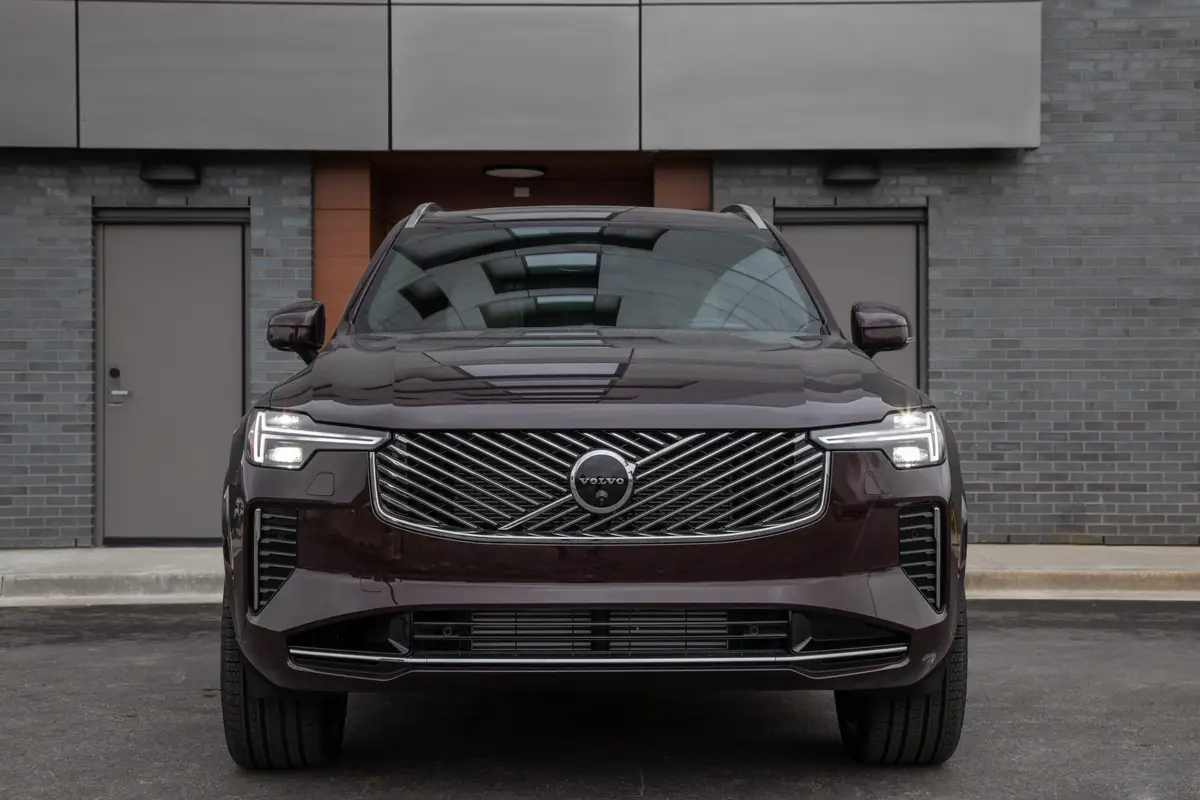2002 Mercury Sable: What's New
Vehicle Overview
Restyled two seasons ago with a more mainstream look than before, the midsize front-drive Sable is a corporate near-twin of the Ford Taurus. A four-door sedan and wagon are offered, and two V-6 engines are available. Though the Taurus outsells Mercurys sedan, the Sable turns in a credible performance in the sales race. With 103,030 units sold during 2002, the Sables sales have increased slightly over the 1999 total.
Mercury has dropped the LS sedan for 2002, but the automaker decided to add a GS Plus sedan and wagon. Puddle lighting is now standard on all models. An electrochromatic mirror with a compass goes on the GS Plus and LS Premium editions.
Exterior
Except for the doors, all exterior panels were new for 2000. Though it is closely related to Fords Taurus, the Sable exhibits a more conservative and traditional appearance, led by its chromed vertical-bar grille. With a wheelbase of 108.5 inches and an overall length of just below 200 inches, the Sable is one of the longest midsize cars on the market. The sedan is 73 inches wide and stands 55.5 inches tall. The Sable sedan and wagon ride on 16-inch tires.
Interior
Seating for six occupants is standard in the GS and GS Plus sedans. The more costly LS Premium sedan comes with front bucket seats, which yields a five-passenger capacity, but consumers can order a front bench with a folding storage console as a no-cost option.
Standard equipment includes a tilt steering wheel, cassette player, air conditioning, remote keyless entry, and power windows, locks and mirrors. The GS Plus adds heated mirrors, a CD player, and power-adjustable accelerator and gas pedals that have a 3-inch range. In addition to five-passenger seating, the LS Premium gets automatic air conditioning, an alarm system, and other comfort and convenience features. Trunk volume is 16 cubic feet, and the split rear seatback folds for additional cargo space.
Under the Hood
Sable buyers have a choice of two 3.0-liter V-6 engines. The base GS engine is a 155-horsepower version with overhead valves. A more powerful dual-overhead-camshaft V-6 is installed in the LS Premium sedan and produces 200 hp. Both engines mate with a four-speed-automatic transmission.
Safety
Front airbags deploy at one of two inflation levels based on crash severity, the drivers seat position and whether or not the seat belts are buckled. Side-impact airbags that protect the heads and chests of front occupants are optional. Antilock brakes combined with an all-speed traction control system also are an option. Front seat belt pretensioners and retractors remove slack in crashes. Fords Taurus has the same safety features.
Driving Impressions
The Sable sedan might not generate much driving excitement, but it has a lot to offer. This car appeals to consumers because of its practical virtues, including a strong V-6 performance, ample load capacity and a comfortable ride all in a reasonably refined package.
The Sable is stable on the highway and is easy to drive. Its engine is very quiet. Acceleration is smooth and refined, with excellent response for passing and merging. The automatic transmission is prompt and effective, and it yields close-to-gentle upshifts. Ride comfort is pleasing most of the time, but the Sable can hit some bumps and holes rather hard. On the whole, it delivers a more appealing road experience than the similar Ford Taurus.
Over-the-shoulder visibility isnt the best, and the Sables mirrors could be bigger. Overall appearance might not turn heads, but a Sable in the showroom just might turn on the likeliest customers for this breed of automobile.
| Reported by Jim Flammang for cars.com From the cars.com 2002 Buying Guide |
Featured stories




